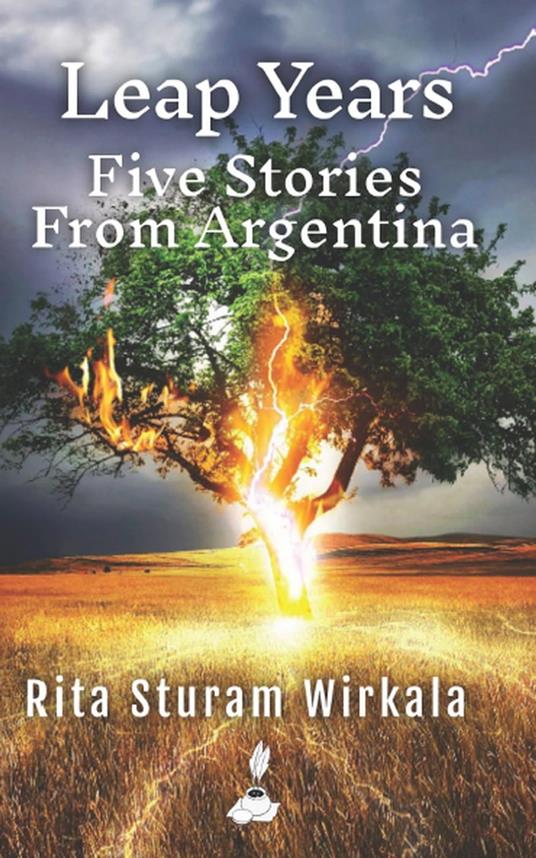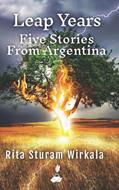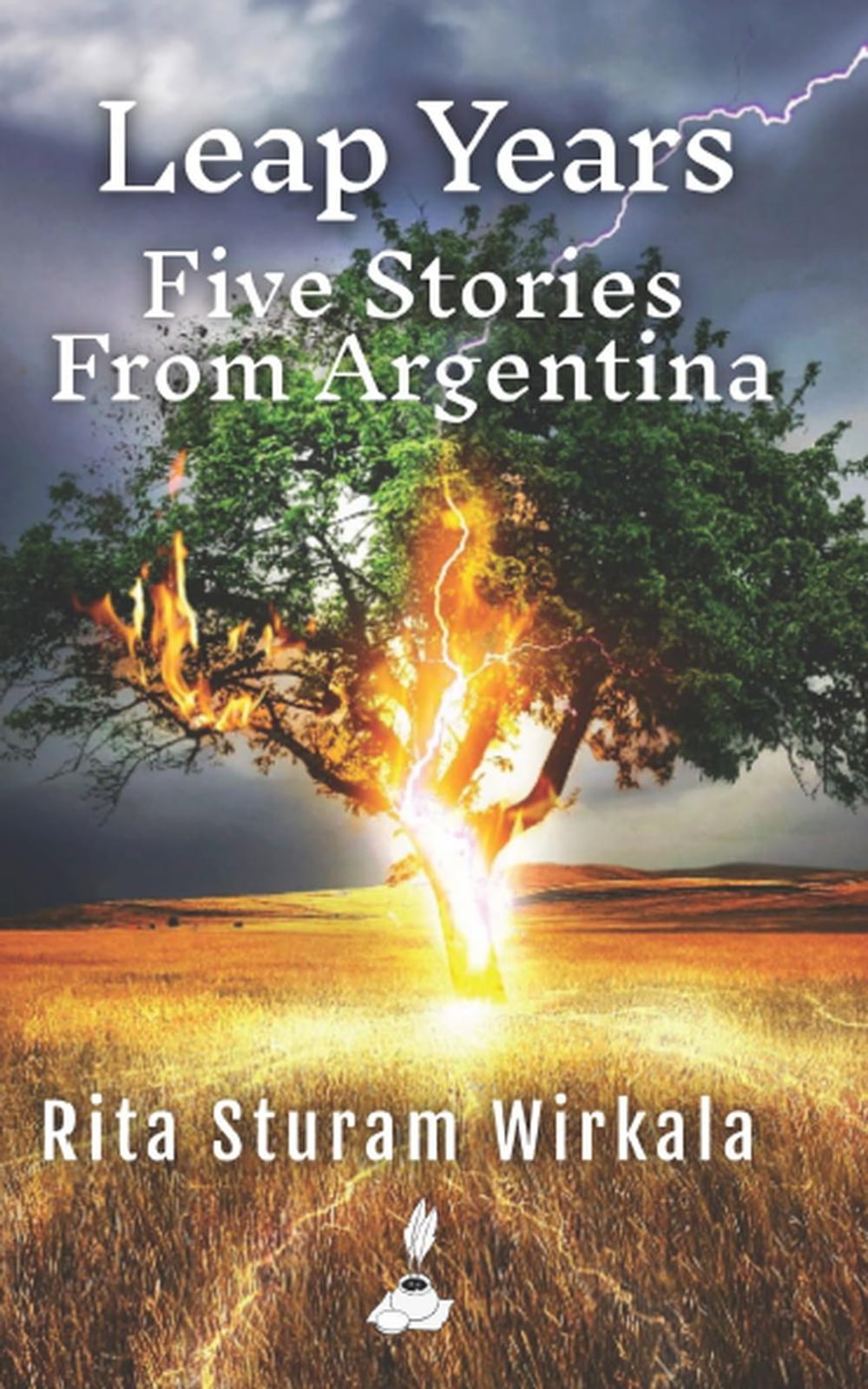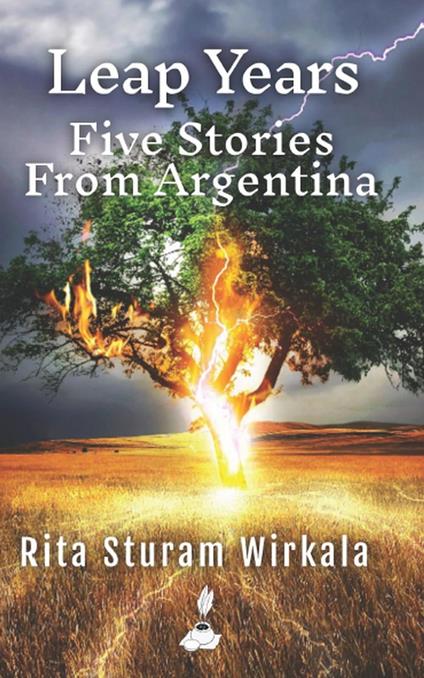Leap Years: Five Stories From Argentina
These five adventure stories, evocative of Argentina's colorful history, are written in the first person and set during leap years—a perfect metaphor for their shared uniqueness. With humor and pathos, the author conveys how the shadow of the Holocaust, the feminist movement, the ambivalent legacies of Evita, and neocolonialism touched her youth in her native country. Each tale is a journey of discovery that takes the reader into the heart of Argentina. The stories encapsulate a social criticism of endemic racism and Eurocentrism, idolatry towards political or religious figures, the compromises between the various power holders, and misogynistic justice, among others. But they also described the colorful life of communities inhabited by gauchos, mestizos, and Italian immigrants. La Forestal. At the end of the 19th century, the Argentine government gave England a vast forest territory to pay for foreign debt. The British company, called La Forestal, spent decades exploiting the red quebracho tree to extract the tannin. The appalling working conditions led to a worker uprising that ended in a massacre. Nine decades after, when there were no more trees to cut down, the company abandoned the territory, leaving a decertified region and a dislocated population (a picture of an abandoned factory is on the book cover). The story takes place in the two days when the narrator visited a surviving town and discovers these events, not without paying the price for it, as a victim of sexual harassment by the elite that defends La Forestal's operations. It is a denunciation and an attempt to bring to light the British imperialist presence in Argentina in the twentieth century, something that has been left behind in the backroom of history. Matilde. Neither holy nor sinful, Matilde is the victim of rape. At the age of 73, she recounts her experience as a woman humiliated by a rapist, by her husband, and by a misogynistic system that imposed an excessive sentence on her by a crime in which she was tangentially involved. Her release coincided with the beginning of the feminist movements in Argentina and the prison reform, which particularly favored imprisoned women. Esther and I. A pleasure trip to the magical Patagonian rainforest turns into a nightmare when the two young women discover the true identity of their host at a German Inn. The story denounces the role of the so-called Vatican Route and of the Red Cross, which helped the Nazi war criminals obtain passports to migrate to South America. Evita. The story develops around the legendary Argentine figure of Eva Peron and her collapse from the pedestal where she stood in the narrator's hometown when she was a child. The main protagonist is a young man who steals money at a town festival, hides it inside a bust of the then-deceased Evita, days before the fall of Peronism and the disappearance of any icon related to them. What happens next is a classical treasure hunt involving some of Evita's idolaters, gypsies camping in town, and other peculiar characters. Eloísa. The narrator heard the story from her mother, who told it succinctly in snippets and added her assumptions to fill in the gaps and bring the fragments together. Eloísa is in love with a creole. Pride on the lover's part, prejudice from Eloisa's father, an Italian immigrant, and sheer bad luck, which almost causes the father's death, ends the affair. Nine years after, she marries a candidate approved by the family. The narrator herself. She wonders, at last, about the uselessness of wanting to untie the knots of destiny.
-
Autore:
-
Anno edizione:2023
-
Editore:
-
Formato:
-
Lingua:Inglese
Formato:
Gli eBook venduti da Feltrinelli.it sono in formato ePub e possono essere protetti da Adobe DRM. In caso di download di un file protetto da DRM si otterrà un file in formato .acs, (Adobe Content Server Message), che dovrà essere aperto tramite Adobe Digital Editions e autorizzato tramite un account Adobe, prima di poter essere letto su pc o trasferito su dispositivi compatibili.
Cloud:
Gli eBook venduti da Feltrinelli.it sono sincronizzati automaticamente su tutti i client di lettura Kobo successivamente all’acquisto. Grazie al Cloud Kobo i progressi di lettura, le note, le evidenziazioni vengono salvati e sincronizzati automaticamente su tutti i dispositivi e le APP di lettura Kobo utilizzati per la lettura.
Clicca qui per sapere come scaricare gli ebook utilizzando un pc con sistema operativo Windows



